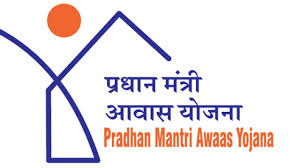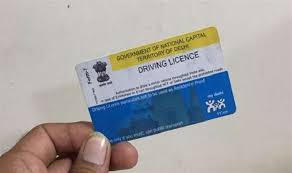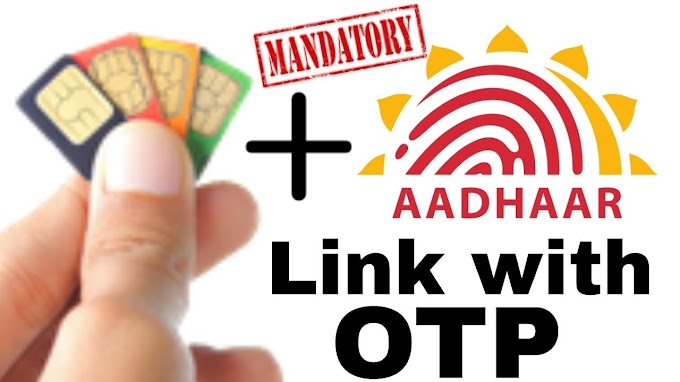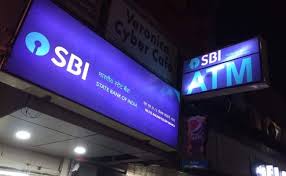National Payments Corporation of India (NPCI) is all set to extend the existing Cash-at-PoS model use-case to its UPI platform.
The Reserve Bank of India (RBI) in August 2019 had asked banks to extend the facility
of cash withdrawal through debit cards at merchant shops. Now, NPCI is setting out similar guidelines for UPI-based digital payment players offering this use-case to its customers.
of cash withdrawal through debit cards at merchant shops. Now, NPCI is setting out similar guidelines for UPI-based digital payment players offering this use-case to its customers.
Why has NCPI Issued such Terms and Conditions ?
According to the minutes of the UPI working group meeting held on February 14 as per documents accessed by YourStory, members along with the NPCI agreed on the following guidelines for cash withdrawal at merchant locations using UPI:
Withdrawal Limit
To curb fraud by the usage of the facility, per transaction withdrawal limit is limited to Rs 2,000. Meanwhile total withdrawals are capped to three transactions per day permitted for each customer.
An MCC classifies a business by the types of goods or services (payments) it provides or accepts. NPCI will also allocate a separate MCC (Merchant Category Code) to this transaction. TPAP or third party app providers are expected to add a specific transaction in the UPI-enabled app and push the separate MCC allocated by NPCI for the transaction involving cash withdrawal.
Additionally, NPCI has also strictly stated that the customer acquirer has to ensure compliance, where no additional charges are levied by the merchant on the customer.
Fee Structure
An interchange fee is the transaction fee made by the remitter’s or customer’s bank account to the beneficiary’s or merchant’s bank. The fee structure as agreed by the members includes an interchange fee of 0.5 percent of the transaction value which will be restricted to Rs 5, according to the confidential document accessed by YourStory.
Further, the issuer bank or service provider can decide to charge the customer up to one percent of the transaction value which will be limited to Rs 10. The NPCI further stated that the facility replicates the debit card model as permitted by the RBI, however, the only change made is the increase of withdrawal limit from Rs 1,000 and Rs 2,000 for various cities.
The members agreed to adopt a uniform limit of Rs 2,000 for UPI-based cashout. Moreover, the NPCI (switching) and PSP fees continue to be as per the existing UPI transaction model. NPCI will issue the circular and provide two months implementation time to the issuer.
Effects of this Plan of Action!
Lately, PhonePe has introduced its ‘PhonePe ATM’ service in January, allowing users to locate nearby stores, where they can go and make P2P transfers to shop owners and get physical cash in return. Further PhonePe said that this is entirely based on the rail of P2P transactions, provided by the UPI network.
Experts who didn’t want to be named stated that the move could also be a revenue stream for some players who might be affected by the revision to zero-MDR for merchant-based UPI payments. They also claimed that the used-case would not be so popular if players start charging the same and would call the user to use these services only in distressed situations.
Another player, who didn’t want to be named, said that discussions are still going on with NPCI to reconsider the costs associated with the service, the clarity on which is expected to come in the coming weeks.
According to some banks, these systems might fail to recognize currency disbursements, as well as anti-money laundering systems if the service gains fame quickly.















